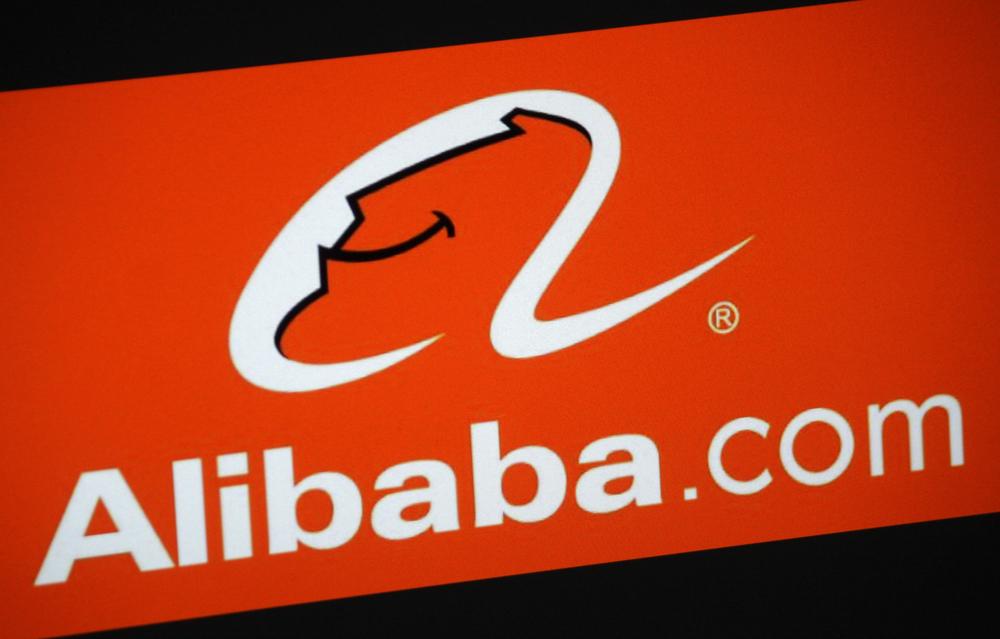
By Madeleine Ingram, Director, Calculus Capital
Investors navigating the complex landscape of wealth management often seek avenues that not only offer lucrative returns but also come with attractive tax benefits. Venture Capital Trusts (VCTs) and Enterprise Investment Schemes (EISs) emerge as compelling options, intertwining attractive tax benefits with portfolio diversification. In this piece, we’ll delve into the intricacies of these investment vehicles, shedding light on their structures, benefits, and potential risks.
It should be noted that the EISs and VCTs are tax reducing opportunities, an investor can only benefit up to the amount of tax liabilities they have incurred. Tax benefits depend on the individual circumstances of each investor and may be subject to change in the future.
Understanding VCTs and EIS
Both VCTs and EIS schemes offer 30% income tax relief on investment with the investment cap standing at £200,000 per tax year for VCTs, while EIS allows for more substantial investments, up to £1 million (£2 million for ‘knowledge-intensive’ investments), EIS has the added flexibility of carryback to the previous tax year’s liabilities.
To unlock the tax benefits associated with EISs and VCTs, investors must commit to a minimum investment period of three years (EIS) and five years (VCT) respectively. Returns for EIS investors are delivered via company sales/exits while VCT investors typical exit via VCT buybacks. Investment growth on either structure is exempt from Capital Gains Tax.
Additional advantages
On top of offering up to 30% income tax relief and CGT-free returns, VCT dividends enjoy tax-free status, while EIS investments are Inheritance Tax (IHT) free after two years. Furthermore, in the event of an EIS yielding less than the 70% of the original value, investors can claim loss relief. Loss relief can be treated as a normal capital loss or as a deduction against income based on the investor’s marginal tax rate. Together, the initial income tax relief and loss relief can provide total tax relief of up to 61.5%.
Another attractive feature offered by the EIS is the ability to defer a CGT tax bill on another asset if the gain is invested in EIS qualifying shares. Some investors elect to continually roll the EIS investment over and upon death the liability dies with the investor. CGT deferral relief and IHT relief are a powerful combination for those investors looking to pass down the gains to the next generation.
How to gain access
Many advisors choose to direct their clients towards an EIS fund over individual companies. The Calculus EIS Fund, for instance, spreads investments across a diverse portfolio of 6-8 different companies, effectively reducing risk. Given the high-risk nature and lower liquidity of growth companies, selecting an experienced fund manager with a robust track record is essential.
Beyond the fund manager’s due diligence and active management, investors should also weigh the administrative aspect. It is essential for clients to keep thorough records for tax returns, highlighting the significance of choosing an EIS fund manager with a service that instils confidence.
Calculus’s Knowledge Intensive Fund offers investors the opportunity to claim full tax relief in the 23/24 tax year or carry the entire investment back to 22/23. The Fund is open and set to close 5 April 2024.
Bigger picture
Investing in VCT and EIS can also benefit investors beyond just personal gains. Not only will investors have comfort in the knowledge that both investment schemes are tax efficient, but they are also ‘backing Britain’ as all investments must be made into UK businesses. It is encouraging to see both Tory and Labour governments vocalising their support for the schemes, recognising the pivotal role they play in supporting innovation, creating job opportunities, and fostering economic growth in the UK.
These small businesses have the potential to change the shape of industries through innovation and creativity. From biotechnology companies focused on gene therapy to advance patience care and improve lives, to technology firms driving the digital revolution forward – the potential for growth and change is palpable, it’s exciting to be able to offer investors the opportunity to be part of it.

























